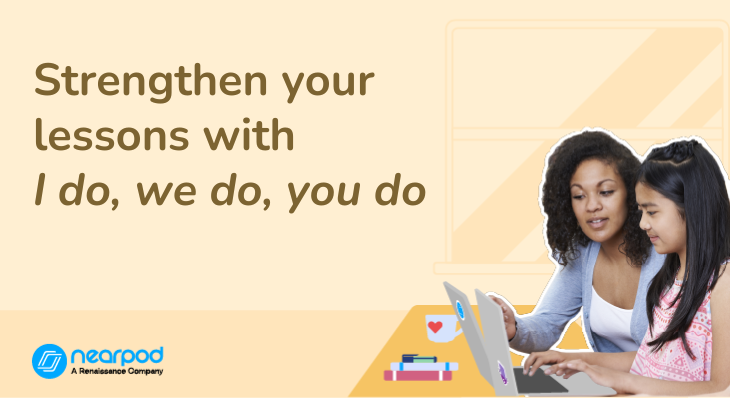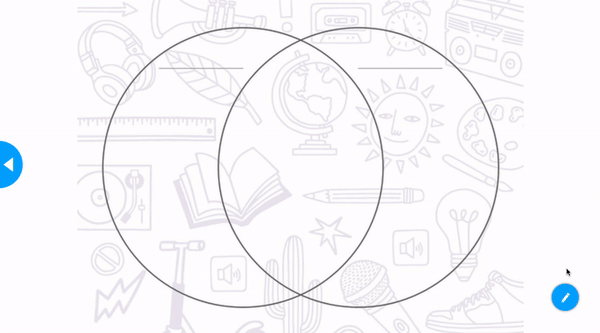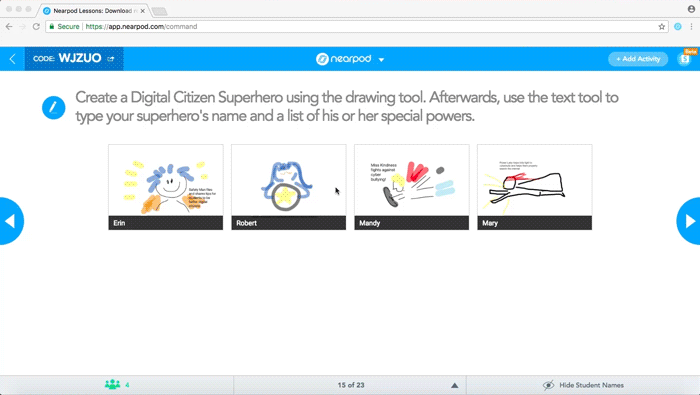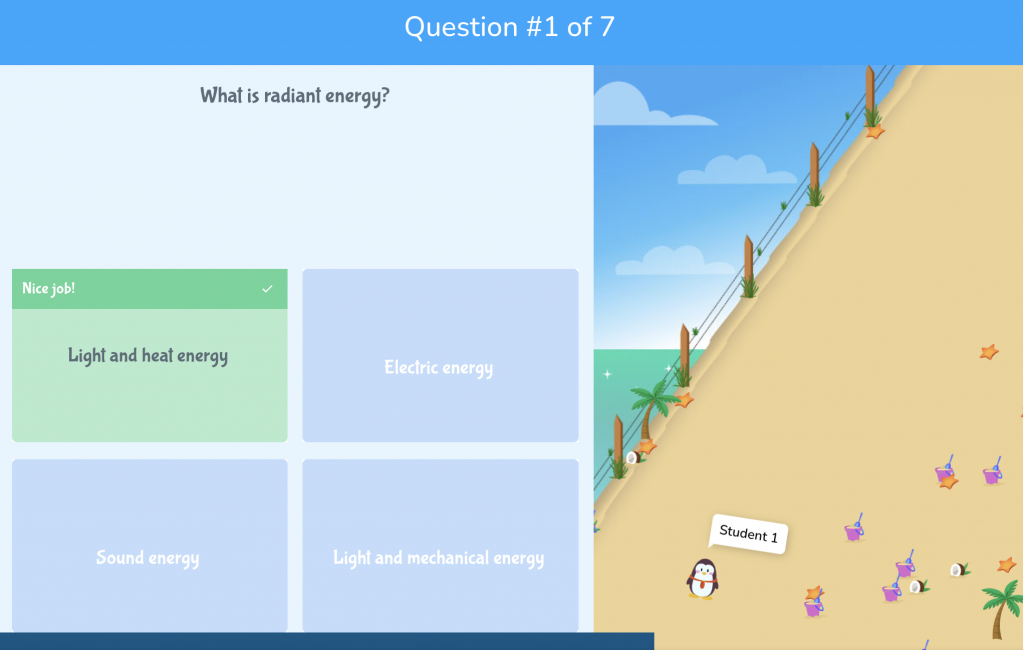
What is the I do, we do, you do pedagogy teaching model?
I do, we do, you do is an instructional strategy created by Doug Fisher and Nancy Frey (2007), and teachers in a variety of grade levels use it to teach content areas to present any lesson. Some teachers refer to this strategy as a gradual release. Its systematic structure gives a teacher time to model a concept followed by a sequential gradual release strategy of student practice. It’s a simple model that allows for a repetitive step-by-step approach. Teachers love this instructional strategy because it is flexible. It can let a teacher go back and forth between the three phases depending on student needs that may surface within the lesson plan. Additionally, the gradual release model fosters problem-solving skills in students by providing guided practice before independent application I do, we do, you do pedagogy also helps provide a specific time during a lesson when an instructor can explain why something happens the way they are presenting.
How to strengthen your I do, we do, you do lessons with technology
It can be challenging to translate traditional teaching strategies into the digital world for busy teachers, but here are a few tips to get you started doing precisely that. With Nearpod, you can engage students through interactive activities and lessons while you get real-time insights into their learning.
Foster a love of learning in every student with Nearpod. Teachers can sign up for free below to access and create interactive lessons. Administrators can schedule a call with an expert to unlock the full power of Nearpod for schools and districts.
1. I do phase
The I do phase is the first step in this strategy. It’s the guided instruction step where teachers model the skills, strategies, and information that students need to know. Modeling for students is a powerful part of the learning process. In this instructional strategy, it’s essential to model before releasing students and expecting them to complete a task independently.
During this first phase, teachers complete pre-assessments of what students already know, have discussions, build background knowledge, and predict or infer what may happen next in a sequential lesson. An effective way to model the I do phase is for teachers to think aloud as they deliver content.
Modeling can happen in every subject area. In math, students see the steps of a problem. Students can better understand comprehension techniques in reading when they model aloud. Teachers model the demonstration of an experiment in science, social studies projects, or the writing process.
We know educators have many different options for including technology as they model new concepts for students. Nearpod can help strengthen a lesson’s modeling phase in a meaningful and fun way with several different tools.

Nearpod’s Whiteboard allows teachers to model math problems, diagrams, graphic organizers, the writing process, and more. Traditionally modeling happens at the front of the classroom on a whiteboard, but with Nearpod’s whiteboard, students can follow along live on their own devices from anywhere in the room.

Slide Annotation in Nearpod uses whiteboard tools on top of slides in a Nearpod lesson. Teachers can upload a slide with a blank Venn diagram, graph paper, or another tool to complete together as a class. Slide Annotation allows students to follow along on their own devices too. In this example, a teacher uses a Draw It activity to model. Students can then use this same activity on their devices for We do or You do.
2. We do phase
The second phase, We do, is guided practice. Through guided practice, teachers gradually release responsibility to the student. Guided practice may be in groups or individually. Students should have more than one attempt at practice with the teacher before moving to the last phase. In this phase, teachers give feedback on attempts as students practice the retrieval process from their memory of the I do step.
Through formative assessment, teachers can surface student understanding. Students solve and will be able to learn a new concept with no reinforcement of errors or misconceptions. This phase can provide teachers with an opportunity to scaffold or differentiate the acquisition of skills.
Teachers can strengthen guided practice using technology with Nearpod’s formative assessments. Teachers can see what students understand with Draw It activities, Open-Ended Questions, Polls, Quizzes, and more during a live lesson. We know that finding the time to grade everything can be difficult for teachers. With Nearpod, you don’t need to find the time to grade incorrect and correct answers to see student understanding.
Teachers can provide feedback on attempts and reach every student through Nearpod by delivering lessons live and seeing student results in real-time as they present new concept practice opportunities. You can also pivot in the moment back to the modeling phase if student understanding shows a need. In Nearpod teachers can pull up the whiteboard to go back to modeling at any time in a lesson plan.
The flexibility of Nearpod combined with the flexibility of I do, we do, you do create successful learning opportunities for every student.
2. You do phase
In the final phase of I do, we do, you do, students practice retrieval of a new skill on their own to develop fluency in a concept. At this phase in the release of responsibility model, students demonstrate an initial level of understanding and rely less on the teacher for guidance. Teachers continue to monitor student efforts and progress and provide feedback when applicable. Additionally, utilizing small group settings and collaborative learning within this gradual release of responsibility framework ensures that students receive personalized support, promoting deeper learning and mastery of concepts.
You do activities are distributed over time for lasting impact. They make a great spiral review for practicing past skills or independent practice in the classroom or at home. Nearpod’s Student-Paced lesson delivery mode allows teachers to create digital practice opportunities students can work through at their own pace. Student-paced mode is ideal in a classroom setting where the teacher may be revisiting modeling or guided practice with students who need more support, but the teacher needs an activity to allow independent practice for students who are ready.
Teachers can strengthen students’ independent practice with numerous activities like PHET simulations, VR field trips, Interactive Videos, and other formative assessment tools. Nearpod’s gamified quiz, Time to Climb, is a great way to end an I do, we do, you do lesson and surface student understanding simultaneously.
Start teaching the gradual release model with Nearpod
Grounded in the gradual release of responsibility (GRR) framework, the I do, we do, you do teaching model is a powerful instructional approach that enhances student learning. This instructional framework involves a structured shift from teacher-led instruction to student independence. No matter your approach to structuring this teaching model in the classroom, you can apply those same strategies when teaching a lesson from start to finish using technology. We hope you found these tips useful and are ready to start using edtech tools, like Nearpod, in your classroom. Start teaching the gradual release of responsibility model today!
Foster a love of learning in every student with Nearpod. Teachers can sign up for free below to access and create interactive lessons. Administrators can schedule a call with an expert to unlock the full power of Nearpod for schools and districts.

Nearpod’s award-winning platform is used by thousands of schools around the globe, transforming classroom engagement.





